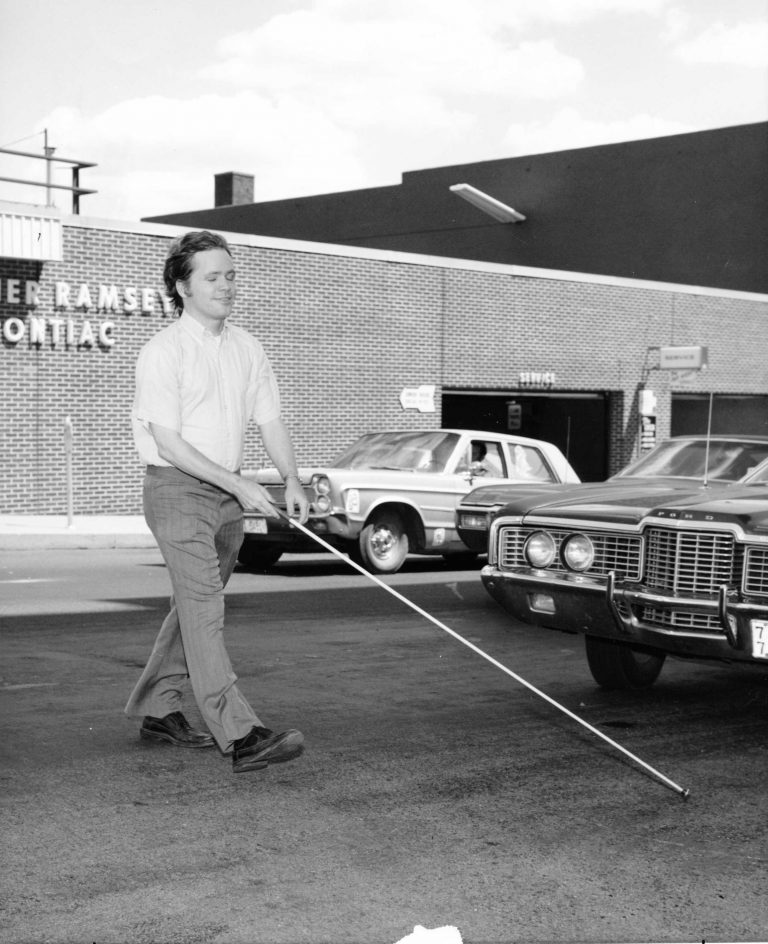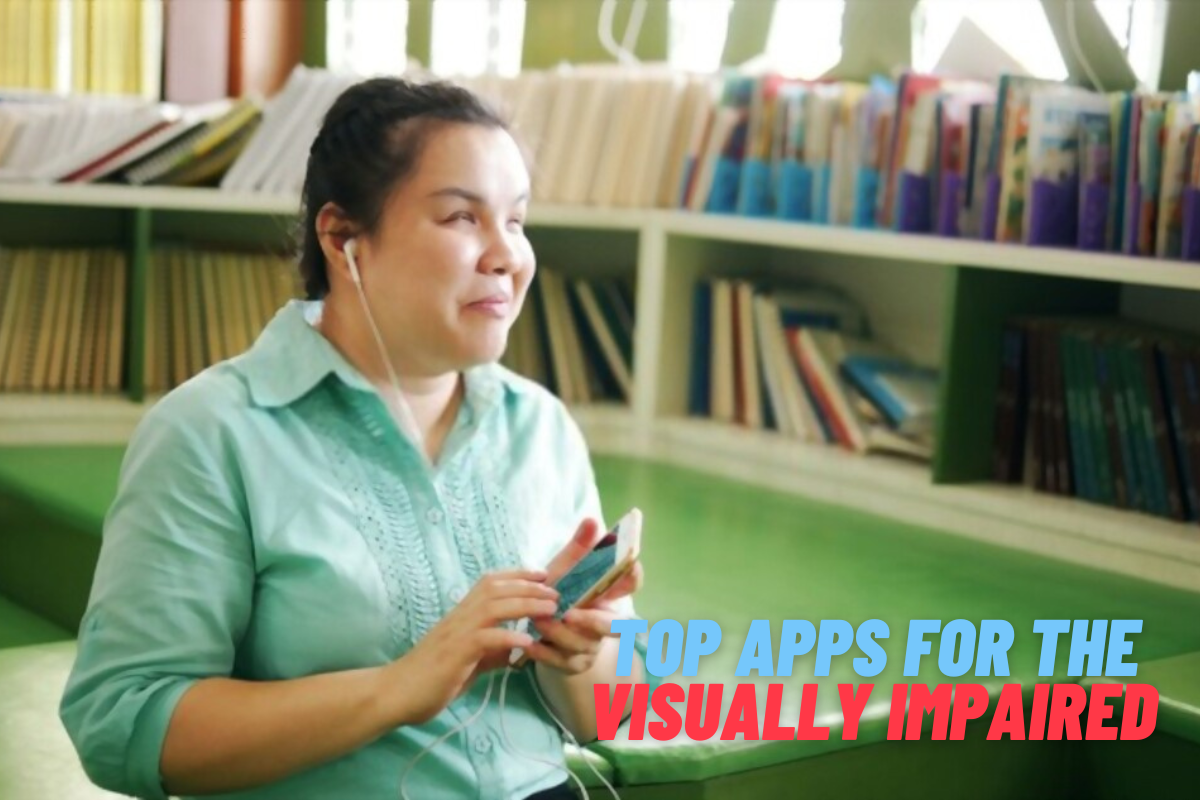Help Me: Why Is Google Not Indexing Me??

Hello Everyone Being blind sucks. You probably knew that too, but it sucks extra cause most companies don't even help us or go our of their way to not help. With new technologies like AI, now getting a human is impossible! I had issues with my flight on AirAsia (going to Malaysia) and even on the airport, finding a human help was almost impossible! The app sucked and was not helpful at all. Anyways the reason for today's rant is a bit technical, I tried reaching a HUMAN at Google but its impossible. Then I searched AI, Google, Bing etc for a solution and TRIED EVERYTHING but still my blog (yes this one, Seeing in the Darkness ), is NOT indexed on Google! It's indexed on Bing (see image below), Yahoo and even DuckDuckGo ! Indexed pages on Bing I've made sure the sitemap works (sitemap.xml), I've double checked robots.txt, I've send ping requests to Google. I've also gotten a lot of traffic for some articles (an article kinda went semi viral) but still Googl...

.png)


